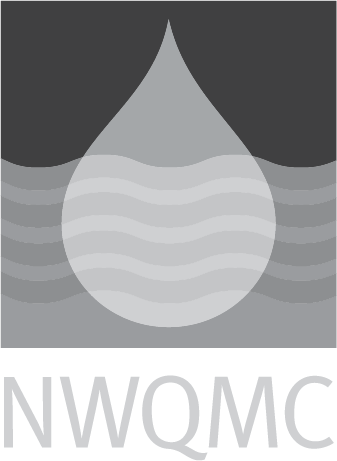USGS-NWQL: I-1601-85: Phosphorus, orthophosphate, dissolved in water by colorimetry, phosphomolybdate
|
Official Method Name
|
Phosphorus, orthophosphate, dissolved by colorimetry, phosphomolybdate |
|---|---|
|
Current Revision
| 1985 |
|
Media
|
WATER |
|
Instrumentation
|
Colorimeter |
|
Method Subcategory
|
Inorganic |
|
Method Source
|
|
|
Citation
|
Skougstad, M.W., Fishman, M.J., Friedman, L.C., Erdmann, D.E., and Duncan, S.S., eds., 1979, Methods for determination of inorganic substances in water and fluvial sediments: U.S. Geological Survey Techniques of Water-Resources Investigations, book 5, chap. A1, 626 p. |
|
Brief Method Summary
|
This method is no longer available through the USGS National Water Quality Laboratory. If using a local laboratory, refer to method report for more information. |
|
Scope and Application
|
This method may be used to analyze most water and wastewater containing between 0.02 and 0.4 mg/L of orthophosphate-phosphorus. Samples containing greater concentrations need to be diluted. |
|
Applicable Concentration Range
|
0.02-0.4 mg/L |
|
Interferences
|
Barium, lead, and silver interfere by forming a precipitate. Silica produces a pale-blue color that is additive to the phosphate color, and may require correction. The effect of silica is somewhat dependent on the reagents; therefore, an appropriate silica correction should be determined for each batch of reagents. Nitrite interferes but can be oxidized to nitrate with hydrogen peroxide before analysis. Residual chlorine must be removed by boiling the sample. Mercuric chloride interferes when the chloride concentration is less than 50 mg/L. Mercuric chloride-preserved samples are fortified with a minimum of 85 mg/L NaCl to over come this interference. Arsenic as arsenate produces a color similar to that of phosphate and may cause a positive interference. Arsenic concentrations as much as 100 ug/L do not interfere. |
|
Quality Control Requirements
|
|
|
Sample Handling
|
|
|
Maximum Holding Time
|
|
|
Relative Cost
|
Unknown |
|
Sample Preparation Methods
|




